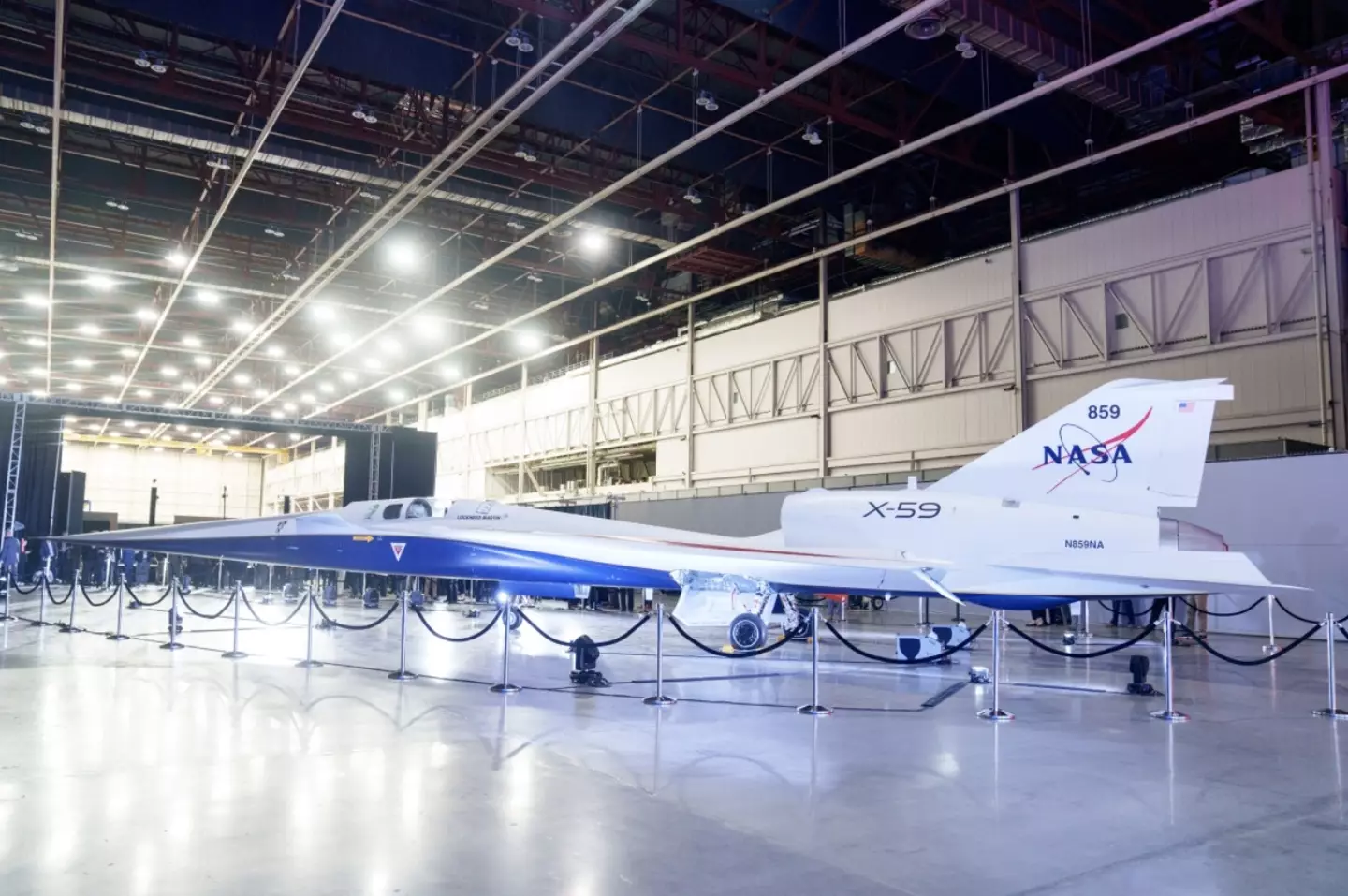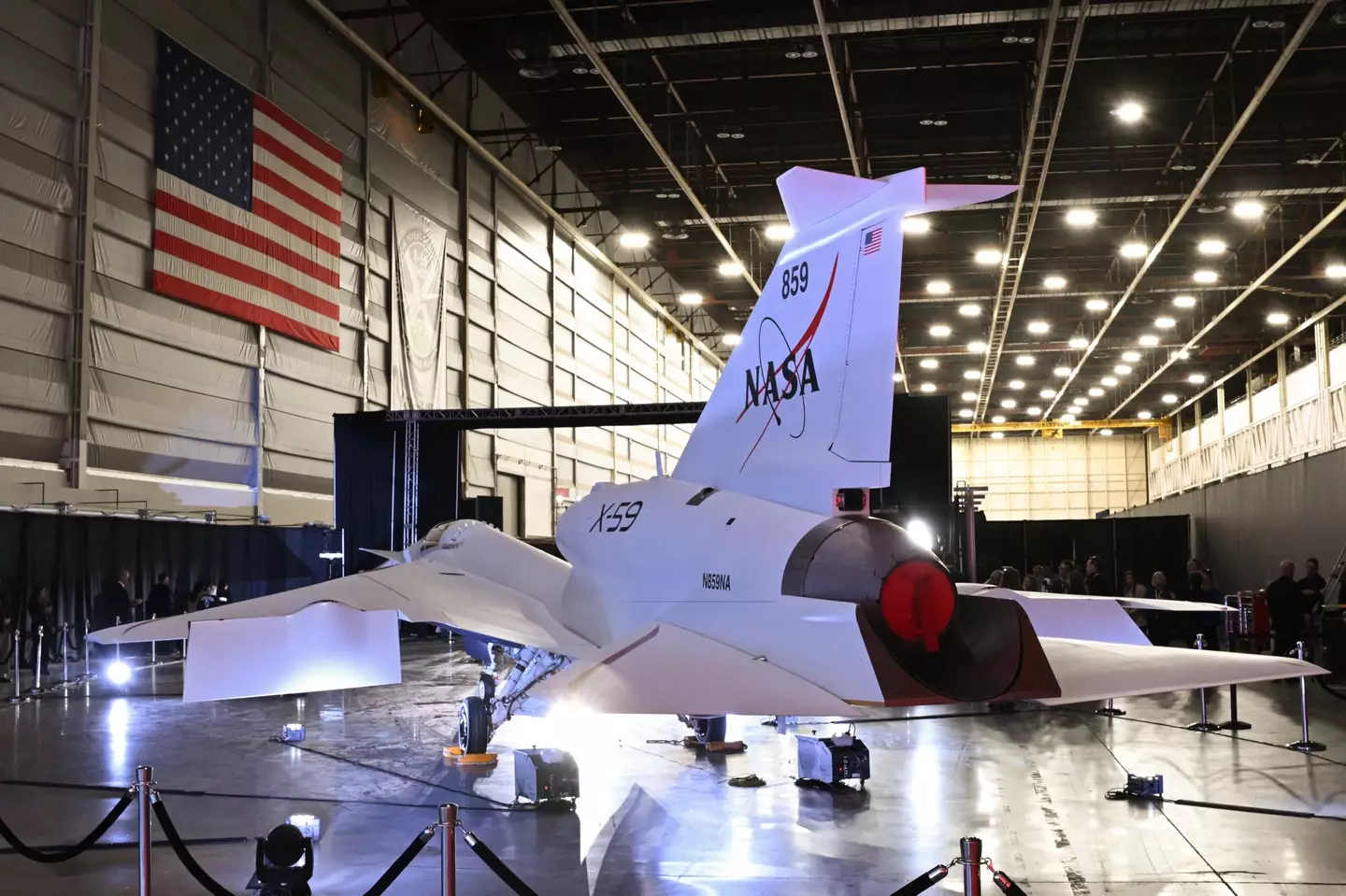Revolutionary ‘Son of Concorde’ Set to Slash London-New York Flight to 3.5 Hours—What’s the Secret Behind This Game-Changer?
Remember the Concorde? That flashy, fuel-guzzling supersonic wonder that could zip you from London to New York faster than you can say “jet lag”—but with the subtle charm of shaking your windows and traumatizing neighborhood pets? Well, NASA’s cooked up its own speedy successor, the X-59, charmingly nicknamed by some as the ‘Son of Concorde.’ But is this pointy-nosed marvel really the heir to the throne, or just another overachieving science project with a mission to hush those pesky sonic booms into a polite ‘quiet thump’? NASA’s latest update teases we’re on the verge of getting an answer, with first test flights about to take off and rewrite the rules of fast—and quietly annoying—air travel. Buckle up for a ride that might just bring us closer to the supersonic dream, minus the shattered glass and flustered cats.
A supersonic plane developed by NASA and dubbed by some as the ‘Son of Concorde’ has just had a major update in its plans to take to the skies.
Concorde really was the daddy of aviation, a supersonic passenger plane which could cross the Atlantic Ocean and make it from London to New York in under three hours.
On the other hand, it guzzled fuel like nothing else which made journeys very expensive and the plane breaking the sound barrier was quite a noisy experience, with people complaining that it’d shatter their windows and scare their animals.
The sonic booms produced by Concorde prevented it from being flown over land for most of its routes, though since fish can’t write letters of complaint the majestic aircraft was still able to cross oceans.

The X-59, just look at that pointy nose (Eric Thayer/Bloomberg via Getty Images)
NASA has been working on the sound problem with its plane, the X-59 quiet supersonic research aircraft, which it hopes will generate a ‘quiet thump’ rather than a sonic boom when it breaks the sound barrier.
Providing an update last week, NASA said the X-59 was nearly ready for its first test flight, though it’d need to be flown a few times before they put it on collision course with the sound barrier.
It’ll start it off at 240mph to check the plane actually works and is safe, and once NASA is satisfied bits won’t fall off in mid-air it’ll send it out for test flights at higher altitudes and faster speeds until it breaks the sound barrier.
If everything goes well then this would mean quiet supersonic travel is possible.
However, while some have dubbed the plane the ‘Son of Concorde’ it’s a research aircraft rather than a passenger plane so even if it could go from London to New York in three-and-a-half hours it can’t transport anybody besides the pilot.
It also won’t be able to go quite as fast as Concorde, which once made that journey across the Atlantic in under three hours.

With those wings and that nose it seems this is just how you build a supersonic plane (ROBYN BECK/AFP via Getty Images)
One of the plane’s engineers also pushed back against the ‘Son of Concorde’ nickname, with NASA’s Peter Coen telling the Daily Mail ‘the X-59 is not, I repeat not, the son of Concorde, other than the general wing shape’.
It seems to be a nickname slapped on attempts to build a supersonic non-military aircraft, as the XB-1 plane from US company Boom Technology has been hit with the same moniker.
Earlier this year, it completed two supersonic test flights which the company said were achieved without disrupting the ground with sonic booms.
That plane has since been retired, and the goal of a true successor to Concorde which could provide supersonic passenger flights remains unfulfilled.
Maybe one day.


















